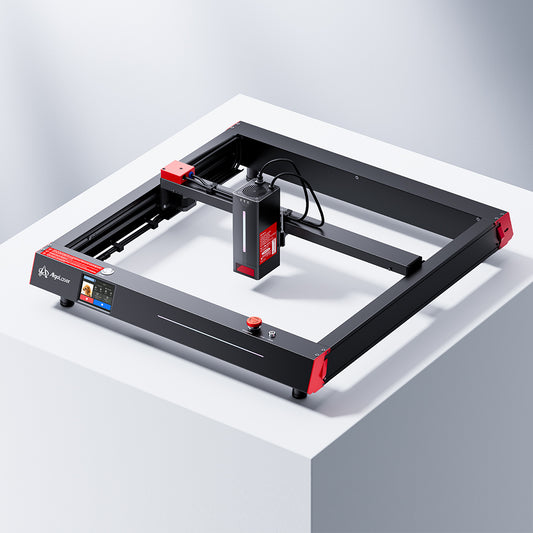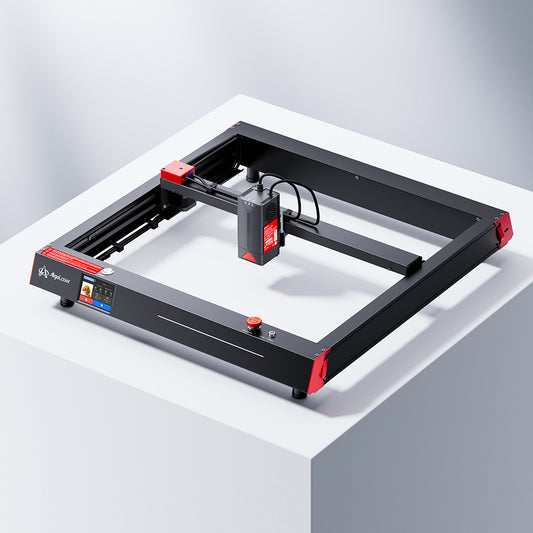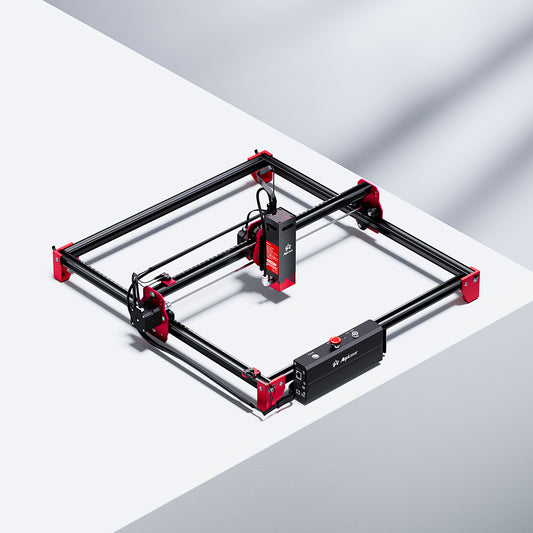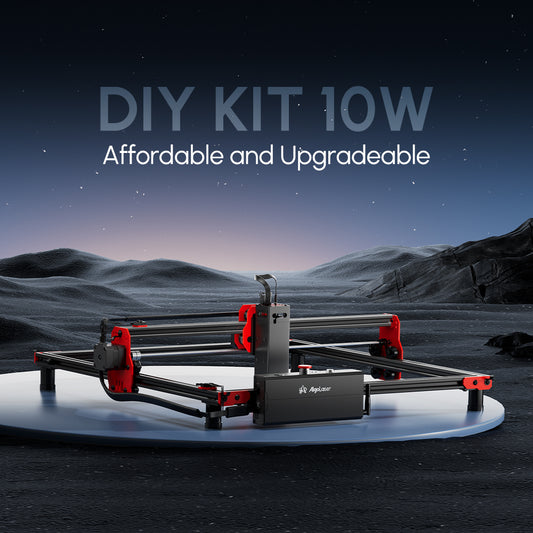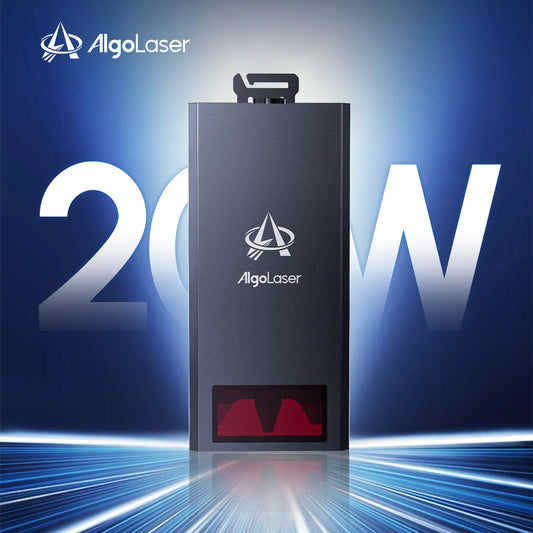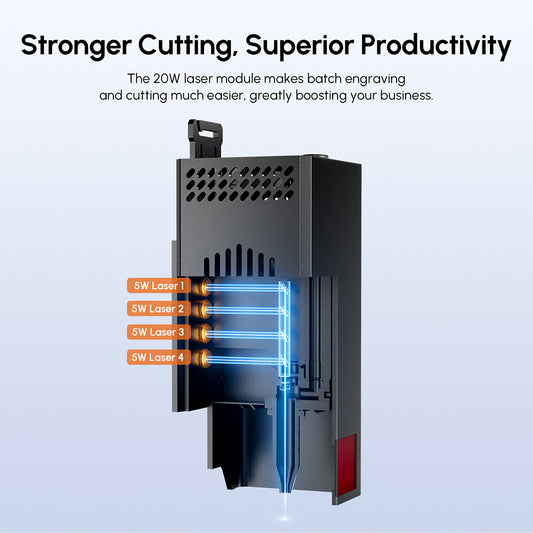Leather Engraving Techniques Compared: Which Method is Right for You?
Leatherwork is an age-old craft, but in today's world, it's getting a high-tech upgrade. Whether you're handcrafting wallets, customizing journal covers, or designing intricate fashion accessories, there are now multiple ways to engrave leather. From traditional hand tools to cutting-edge laser engravers, the options are vast. But which technique delivers the best results for your specific project?
We'll walk you through the main types of leather engraving techniques, compare their advantages and disadvantages, and highlight why diode laser engraving has become a go-to solution for modern leather artists. We'll also cover leather cutting methods and how technology plays a role in crafting more efficiently than ever before.
Event Dates: December 5 – January 3
Event Page: 2025 Laser Engraver Christmas Sale
👉 Visit 2025 Laser Engraver Christmas Sale and craft your perfect engraving setup today!
✅ Alpha MK2 40W
🎄 AlgoLaser Christmas Deals – Extra 12% Off!
Christmas Activities (December 5 – January 3)
Christmas Price: $899
Use XMAS12 → Final Price: $791
💰 You Save: $108
🚚 Fast Global Delivery (US/EU/MX/BR) – Free 3–7 Day Shipping
🔗 https://algolaser.com/products/algolaser-alpha-mk2-40w-diode-laser-cutter-and-engraver
✅ Alpha MK2 20W
🎄 Alpha MK2 20W Exclusive Christmas Deal!
Christmas Activities (December 5 – January 3)
Use XMASAK20 → $80 OFF
➡️ Final Price: $499 (Original: $579)
🚚 Fast Global Delivery (US/EU/MX/BR) – Free 3–7 Day Shipping
🔗 https://algolaser.com/products/algolaser-alpha-mk2-diode-laser-engraver-algolaser
⚠️ Note: Discount codes cannot be combined with minimum spend offers (such as “Spend $300, Get $30 Off”). Please select the promotion that gives you the best overall value.
What Are the Main Leather Engraving Techniques?
There are three primary ways to engrave leather:
1. Traditional Hand Engraving
2. Stamping and Burning
3. Laser Engraving – especially using diode laser engravers
Each technique has its own strengths, tools, and ideal use cases. Let's take a closer look at each method.
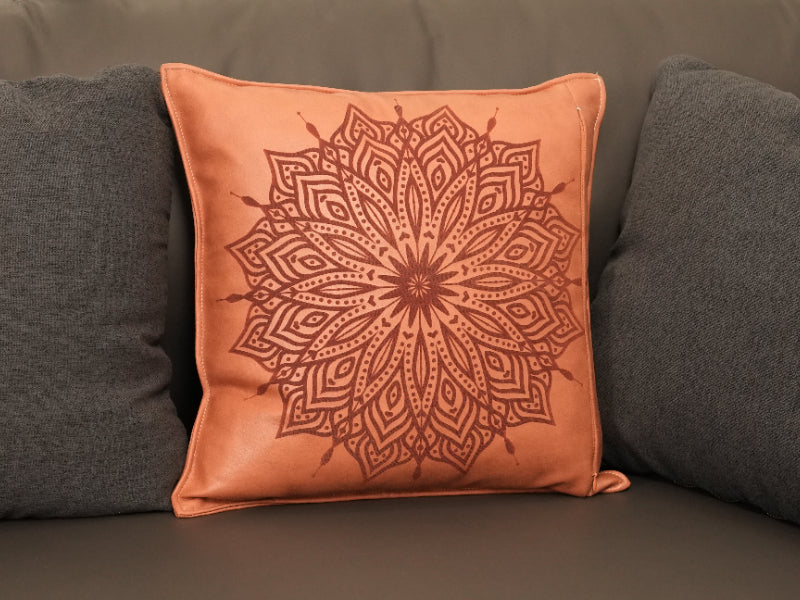
1. Traditional Hand Engraving
This is the classic way artisans have been working leather for generations. It involves moistening (or "casing") the leather and then using handheld tools like swivel knives, bevelers, and mallets to carve designs into the surface.
Pros:
· Deep, rich textures with a handmade feel
· Low initial cost for tools
· Ideal for decorative or large artwork on vegetable-tanned leather
Cons:
· Time-consuming
· Requires training and manual skill
· Not suitable for bulk production or detailed images
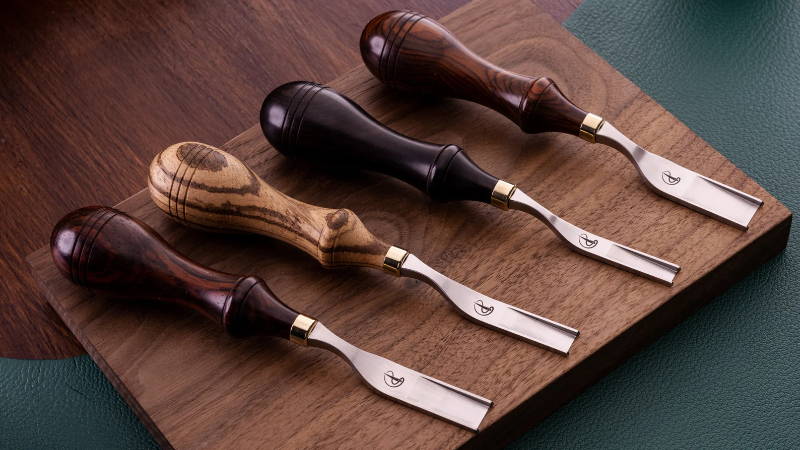
2. Stamping and Burning
Stamping uses metal tools to press a design into the leather, while burning (also known as pyrography) uses a heated pen to scorch the surface.
Pros:
· Affordable and beginner-friendly
· Great for monograms, logos, or basic designs
· Works well on natural leather tones
Cons:
· Limited detail compared to engraving
· Not suitable for synthetic leathers
· Burning can cause uneven coloration
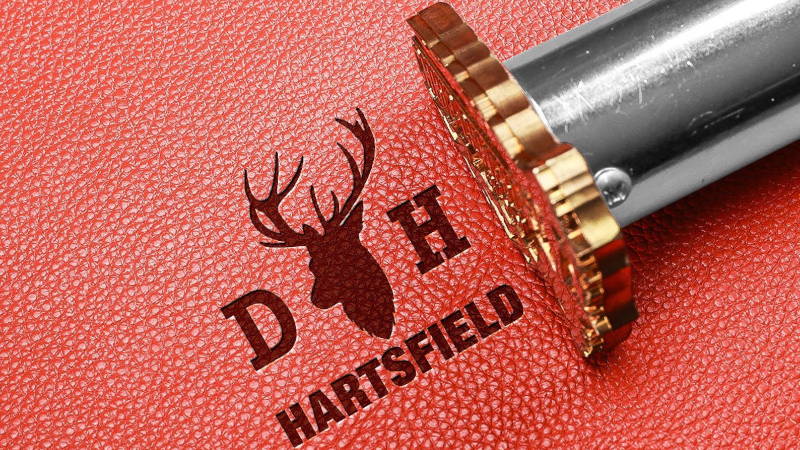
3. Diode Laser Engraving
This is where technology really shines. A diode laser engraver uses a focused light beam to burn, engrave, or cut leather with incredible precision. Unlike traditional methods, there's no contact with the leather surface, which reduces wear and tear on the material.
Pros:
· Ultra-precise, even with small text or graphics
· Fast and scalable for batch production
· Can also perform leather cutting, making it a 2-in-1 tool
· Compatible with various leather types and thicknesses
Cons:
· Higher initial investment
· Requires ventilation due to smoke/fumes
· Learning curve for design software (e.g., LightBurn)
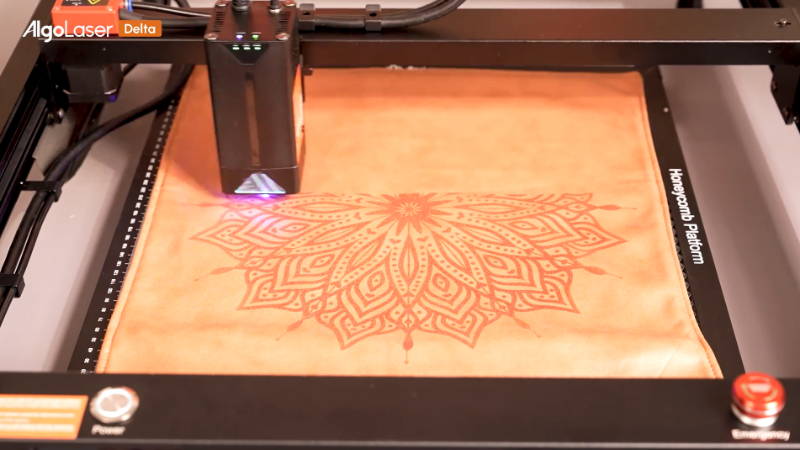
What Types of Leather Can Be Engraved?
Not all leather is created equal, and different types respond better to different engraving techniques:
| Leather Type | Compatible Methods | Notes |
|---|---|---|
| Vegetable-Tanned | All techniques | Best for hand tools and laser engraving |
| Chrome-Tanned | Laser engraving, burning | May emit fumes; ventilation required |
| Suede | Stamping, light laser engraving | Soft texture, details may blur |
| Faux/Synthetic | Laser engraving (low power) | Risk of melting; test on small areas first |
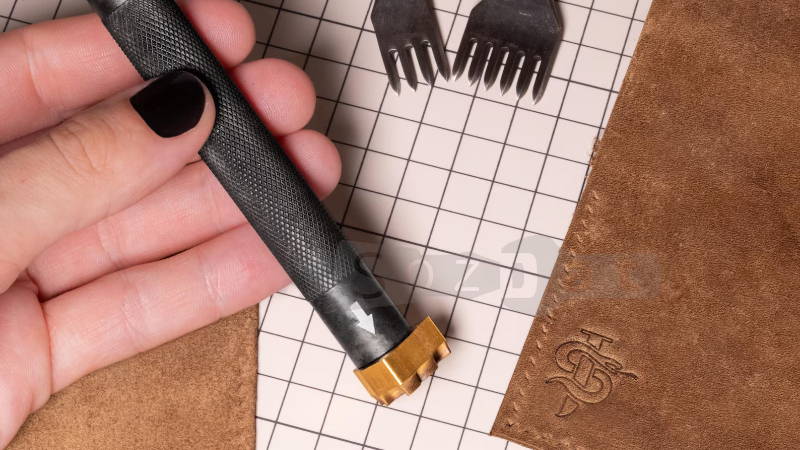
Comparing Leather Engraving Techniques
Let's break down how these three methods stack up in real-world use:
| Technique | Precision | Ease of Use | Speed | Cost | Customization | Leather Cutting |
|---|---|---|---|---|---|---|
| Hand Engraving | Medium | Low | Slow | Low | High | No |
| Stamping & Burning | Medium | Medium | Medium | Low | Medium | No |
| Diode Laser Engraving | Very High | High | Fast | Medium | Very High | Yes |
Diode Laser Engraving: The Modern Leather Crafter's Secret Weapon
If you're serious about leather engraving and want precision, speed, and versatility, a diode laser engraver is hard to beat. Machines like the AlgoLaser Alpha MK2 bring professional-grade capabilities into your home or studio. Whether you're engraving intricate patterns or performing clean leather cutting, diode lasers deliver sharp, consistent results.
Why Choose a Diode Laser?
· Pinpoint detail: Perfect for logos, typography, and complex patterns
· Dual use: Engrave and cut with one machine
· Repeatability: Great for small business or batch production
· Time-saving: Projects that take hours by hand are done in minutes
Plus, with design software like LightBurn or LaserGRBL, you can bring any image to life directly on leather—no hand tracing needed.
Leather Cutting with a Laser Engraver
Many users are surprised to learn that laser machines aren't just for engraving—they're excellent for leather cutting as well. A powerful 10W or 20W diode laser can slice through most natural leathers, allowing for:
· Custom wallet templates
· Intricate jewelry shapes
· Sewing holes and stitching guides
· Keychain blanks and emblems
Tips for Best Leather Cutting Results
· Use air assist to blow away debris and reduce burn marks
· Apply masking tape to prevent edge charring
· Adjust power and speed settings based on leather thickness
· Test cut small samples before mass production
Which Leather Engraving Method Should You Use?
Here's a quick guide to help you decide:
· Traditional hand engraving is best for crafters who value texture and don't mind spending extra time on each piece.
· Stamping and burning work well for basic personalization and hobbyists just getting started.
· Laser engraving is the ultimate option if you want detailed designs, fast turnaround, and the flexibility to cut leather too.
Final Thoughts
The world of leather engraving has evolved dramatically. While traditional methods will always have their place in artisanal leathercraft, modern laser engravers open up endless possibilities. With a diode laser, you can create clean, consistent, and highly detailed leatherwork—whether you're designing a one-of-a-kind gift or running a small product line.
Add in the bonus of precision leather cutting, and it's easy to see why so many creators are switching to laser.
Ready to take your leather projects to the next level? A diode laser engraver might be the tool you've been waiting for.

